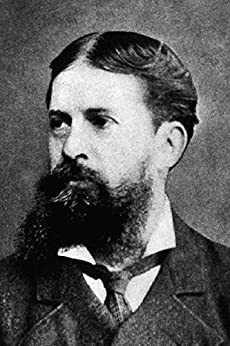
Charles Peirce was an American philosopher and logician. His works span a plethora of disciplines, and he has made sizeable contributions to each.
Below is an excerpt from a biography of Charles Peirce included with our books.
| Title | Published |
|---|---|
| A Detailed Classification of the Sciences | 1902 |
| On the Algebra of Logic | 1880 |
Charles Peirce was born into a comfortable middle-class home at 3 Phillips Place in Cambridge, Massachusetts on September 10, 1839. His father Benjamin Peirce was a professor of astronomy and mathematics at Harvard University.
Peirce suffered from a nervous condition from his late teens onward which would today be diagnosed as trigeminal neuralgia. When Peirce was in the throes of its pain, he was stupefied, depressed, suspicious, impatient, and subject to violent outbursts of temper. The consequences of the disease might led to the social isolation that made his life’s later years so tragic.
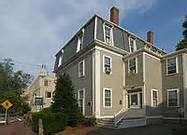
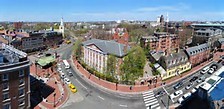
In 1851, Charles Peirce read Richard Whately’s Elements of Logic and many leading English-language text on the subject at age 12. Those early readings triggered his lifelong fascination with logic and reasoning.
Richard Whately, an English logician and economist who influenced Charles Peirce
In 1862, Charles Peirce received the A.B. and A.M. from Harvard. In 1863, the Lawrence Scientific School awarded Charles Peirce a B.Sc., the first summa cum laude chemistry degree of Harvard.
At Harvard, Charles Peirce began lifelong friendships with Chauncey Wright, and William James. The research work done by Chauncey Wright and William James had strong influence on Charles Peirce’s research direction.
Unlike his friend William James, Charles Peirce did not get along with Charles William Eliot, President of Harvard from 1869 to 1909 who formed an unfavorable opinion of Peirce and repeatedly vetoed Harvard’s employing Peirce in any capacity after Peirce’s graduation from Harvard.
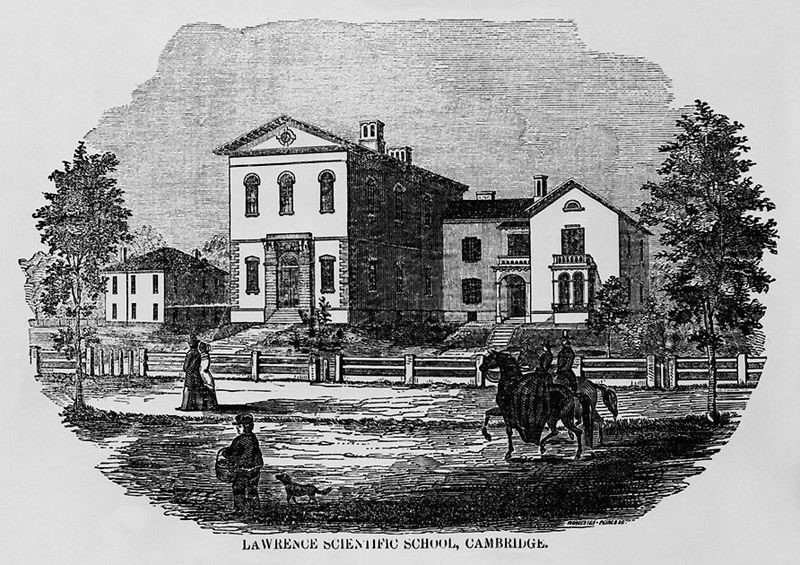
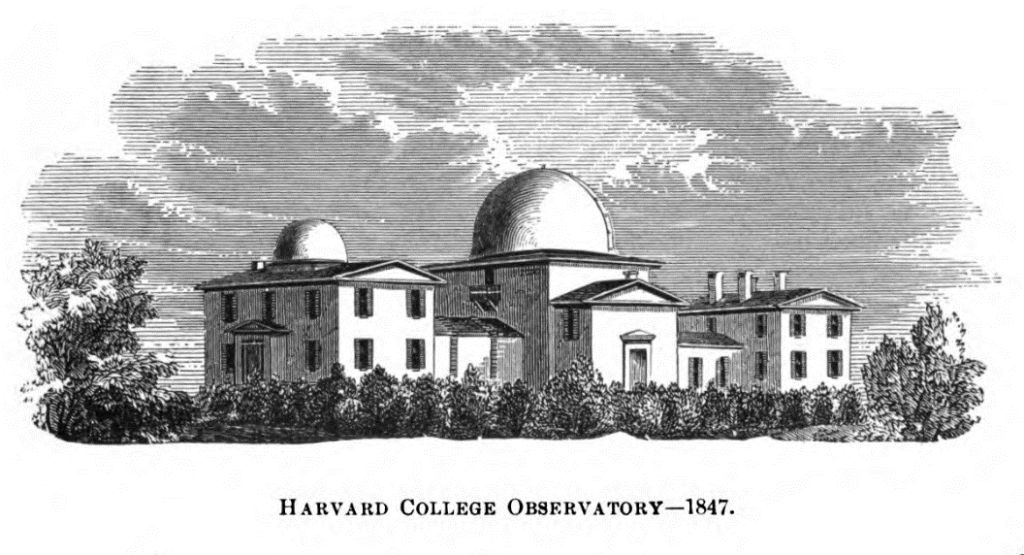
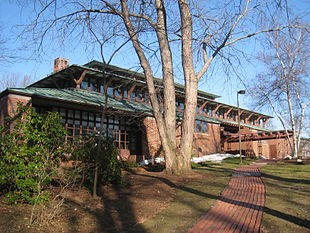
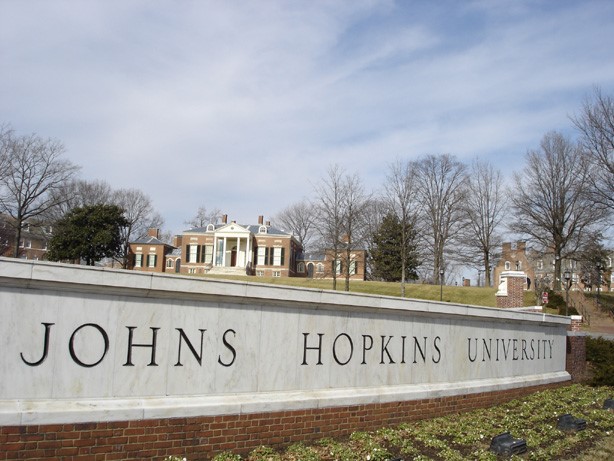
Being protected until the death of Charles Peirce’s highly influential father in 1880, Peirce was employed by the United States Coast and Geodetic Survey between 1859 and 1891. At the Survey, Charles Peirce worked mainly in geodesy and gravimetry to refine the use of pendulums to determine small local variations in the Earth’s gravity. The employment at the Survey exempted Peirce from having to take part in the Civil War.
In January of 1867, Charles Peirce was elected as a resident fellow of the American Academy of Arts and Sciences and was sent to Europe five times to observe a solar eclipse.
During Europe trips, there, he met British mathematicians and logicians including Augustus De Morgan, William Stanley Jevons, and William Kingdon Clifford.
From 1869 to 1872, Charles Peirce was employed as an Assistant in Harvard’s astronomical observatory to research the brightness of stars and the shape of the Milky Way.
On April 20, 1877 Charles Peirce was elected as a member of the National Academy of Sciences. Also in 1877, he proposed measuring the meter as many wavelengths of light of a certain frequency that is still being used today.
In 1879, Peirce was also appointed as a lecturer in logic at Johns Hopkins University, which had strong departments and well known professors in a number of areas including G. Stanley Hall, Joseph Jastrow, and J. J. Sylvester.
1883, Studies in Logic by Members of the Johns Hopkins University containing works by Charles Peirce was published. Peirce’s work was too far ahead of his time to be appreciated by the academic establishment of the day and this played a large role in Peirce’s inability to obtain a tenured position.
In 1875, Peirce’s his first wife, Harriet Melusina Fay, left him. While Peirce was still legally married, he became involved with Juliette Froissy. After hearing the scandal, Simon Newcomb pointed out to a Johns Hopkins trustee that Peirce as a Hopkins employee had lived and traveled with a woman to whom he was not married.
Simon Newcomb’s action led to Peirce’s dismissal in January 1884 by John Hopkins University. After that and over the years, Peirce sought academic employment at various universities without any success. When his divorce from Harriet became final in 1883, Peirce married Juliette. Peirce’s tenured position at Hopkins was the only academic appointment he ever held.
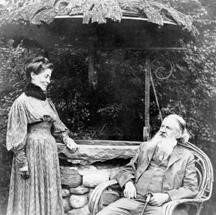
After John Hopkins University, Charles Peirce continued working for Survey. During the later 1880s, Charles Peirce dedicated his time to his own personal interest in philosophy, logic, and science while his Survey work’s quality and timeliness waned. Peirce took years to write thousands of articles during 1883–1909 on philosophy, logic, science, and other subjects for the encyclopedic Century Dictionary. The most important works and contributions on philosophy, logic, science, math, economy, politics, and other scientific subjects were accomplished by Peirce during this period.
In 1885, an investigation by the Allison Commission exonerated Peirce, but led to the dismissal of Superintendent Julius Hilgard and several other Coast Survey employees for misuse of public funds.
In 1887, Peirce used part of his inheritance from his parents to buy 2,000 acres of rural land to build his home that he called it Arisbe near Milford, Pennsylvania.
In 1891, Peirce resigned from the Coast Survey at Superintendent Thomas Corwin Mendenhall’s request. After the employment at the Survey, He never again held regular employment.
After 1891, Peirce dedicated all his time until his death to continue his work on philosophy, logic, science, math, economy, and politics. The accomplished works left by Charles Peirce are the great assets of America today and continue influencing formation of a lasting scientific world view of future generation of young Americans and the rest of world.
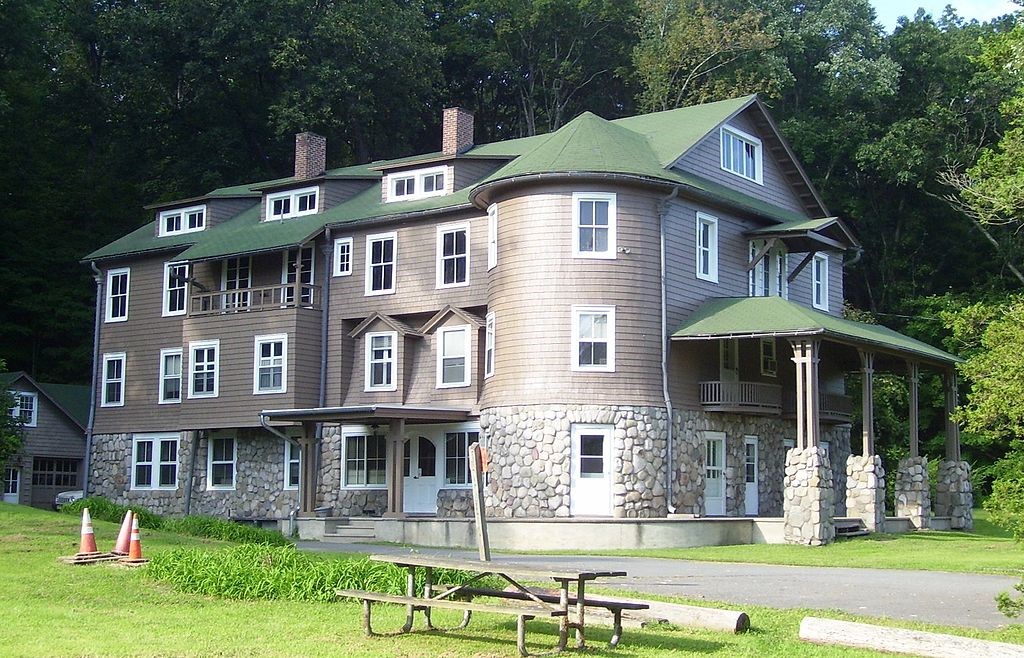
Charles Peirce died at age 74 at his Arisbe in Milford, Pennsylvania on April 19, 1914. He had no children by his two marriages.
After Charles’s death, later generation of people began to realize the power of his theories and framework across philosophy, psychology, logic, science, math, economy, and politics.
In 1934, Paul Weiss, an American philosopher, the founder of The Review of Metaphysics, and the Metaphysical Society of America, called Peirce “the most original and versatile of American philosophers and America’s greatest logician”.
In 1943, Webster’s Biographical Dictionary added Charles Peirce’s introduction as “now regarded as the most original thinker and greatest logician of his time.”